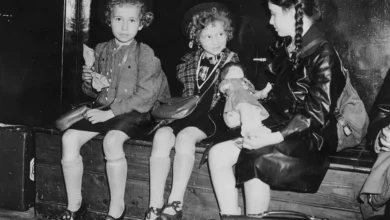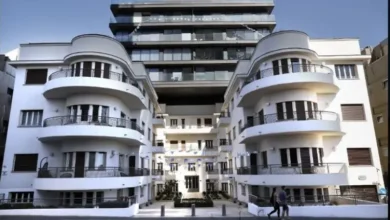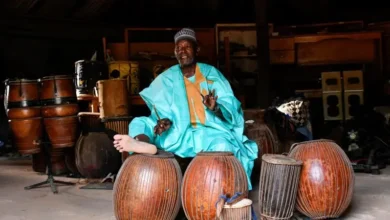Holy Fire from Jesus’s tomb traverses globe

The “Holy Fire” emanating from Jerusalem’s Holy Sepulchre Church that is believed to house the tomb where Jesus Christ laid and resurrected 2,000 years ago arrived in several nations worldwide where the Christian Orthodox denomination is celebrating Easter.
The blessed fire has arrived at Ukraine’s Kyiv-Pechersk Lavra, where a priest lit candles from the holy light and distributed the fire to the faithful people in a simple sermon attended by tens of adherents. Similar ceremonies on Easter Sunday were held in Greece, Russia, Eastern European countries and several nations across the Middle East, including Jordan and Lebanon.
Orthodox Christians in Europe, Africa and the Middle East celebrate Easter later than most in the western world _ this year it was by a week. It’s because they use a different calendar to work out what day Easter should fall on.
Back in the walled Old City of Jerusalem, the holy light ceremony drew thousands of worshippers to an imposing dark-grey edicule, a structure in the Holy Sepulchre that is believed to house the tomb where, in Christian belief, Jesus Christ is believed to have laid following his crucifixion and death before his eventual resurrection.
Pilgrims traverse from all corners of the globe to converge in the Jerusalem church. Clergymen from different countries, such as Russia, Egypt and others also attended this year’s event, one of the most sacred in the Orthodox Christian faith because it symbolizes Jesus’s resurrection.
The occasion is organized in coordination with the Israeli police, Foreign Ministry and the Greek Orthodox Patriarchate in Jerusalem.
On Saturday, the Holy Fire was whisked out of the church through the Old City’s Jaffa Gate and on to a motorcade to Ben-Gurion airport near Tel Aviv. Chartered aircraft carried the flame to different destinations worldwide, according to the Orthodox Patriarchate.
The Holy Fire rite in Jerusalem, which is observed on a day known as Holy Saturday or the Saturday of Light, is one of the most important annual religious events. Pilgrims crowd the narrow alleyways of the Old City awaiting the sight of the flame.
The custom has been observed for more than a millennium in line with procedures under a status quo among the various Christian denominations that have a presence at the Church of the Holy Sepulchre.
At the climax of the ceremony, the Greek Orthodox patriarch enters the tomb, the edicule, and emerges with the Holy Fire to a background of loud applause and the jubilant chants of “Jesus is Risen.” It is then distributed on the faithful in the Eastern Mediterranean and beyond, using oil lamps and torches.
Traditionally, the event is attended by the Greek Orthodox patriarch, the Armenian patriarch, the Coptic church archbishop and the Syriac archbishop as well as four other members of the clergy. The Holy Fire is normally accompanied abroad by major church delegations to countries in Eastern and Central Europe, namely Russia, Ukraine, Greece, Georgia, Cyprus, Romania, Moldova, Belarus, Poland and Kazakhstan.
The Greek island of Santorini was all lit by the Holy Fire brought from Jerusalem. People lit up their candles and street torches with the holy light, creating a spectacular view of the tiny island.
The flame was also transported to the West Bank, the Gaza Strip and Jordan, where it is sent onward by air or overland to Syria, Lebanon and Iraq.
On Saturday, pilgrims and Palestinians complained that Israeli occupation forces “aggressively” assaulted worshippers celebrating the Holy Light ceremony in the Old City, pushing and shoving people and denying many entry into the church.










